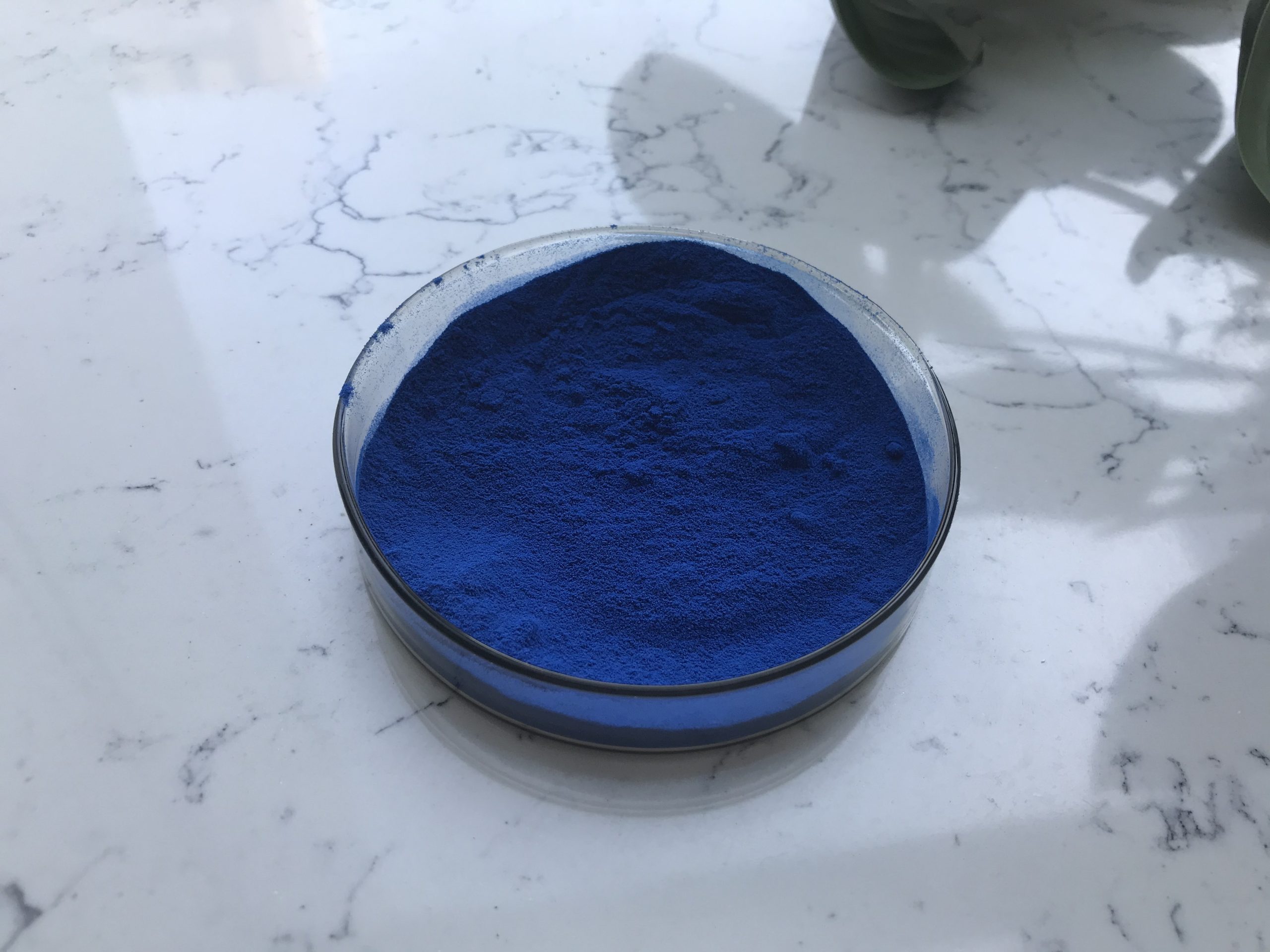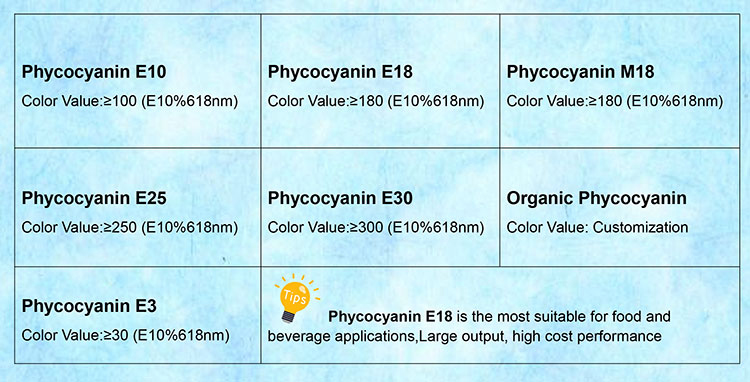Phycocyanin is a natural blue pigment found in certain types of cyanobacteria, which are commonly referred to as blue-green algae. It is a water-soluble pigment that is responsible for the blue and green colors seen in these microorganisms. Phycocyanin is part of a larger family of pigments called phycobiliproteins, which also includes other pigments like allophycocyanin and phycoerythrin.
Phycocyanin has been of interest in various fields, including food science and the supplement industry, due to its potential health benefits. It is known for its antioxidant properties and may have anti-inflammatory and immune-boosting effects. Because of these potential health benefits, phycocyanin has been used as a dietary supplement, often derived from Spirulina and other blue-green algae.

How to use Phycocyanin?
Phycocyanin is a natural pigment found in blue-green algae, such as spirulina and cyanobacteria. It is known for its vibrant blue-green color and is commonly used as a natural food coloring, as well as for its potential health benefits. Here are some common ways to use phycocyanin:
1.Food Coloring:
Phycocyanin is often used as a natural food coloring to add a blue or green hue to various food and beverage products. It can be used in smoothies, ice creams, yogurt, and baked goods.
2.Dietary Supplements:
Phycocyanin is available in the form of dietary supplements, including phycocyanin capsules and powders. Many people take these supplements to potentially benefit from its antioxidant and anti-inflammatory properties.
3.Smoothies and Drinks:
Add a small amount of phycocyanin powder to your smoothies, juices, or water to give them a natural blue or green color. It can also enhance the nutritional content of your drinks.
4.Culinary Uses:
Phycocyanin can be used in cooking and culinary applications. You can experiment with adding it to salad dressings, sauces, and various recipes to create colorful and nutritious dishes.
5.Skincare Products:
Some skincare products may contain phycocyanin due to its antioxidant properties. It can help protect the skin from oxidative damage and reduce signs of aging.

6.Ice Cream and Sorbet:
Incorporate phycocyanin into homemade ice cream or sorbet recipes to give them a natural blue or green color. It can be a fun way to create colorful desserts without artificial additives.
7.Art and Craft Projects:
Phycocyanin can be used in art and craft projects where a vibrant blue or green color is desired. It’s a natural alternative to synthetic pigments.
When using phycocyanin, it’s essential to follow the manufacturer’s instructions for the specific product you’re using, as the concentration and potency of phycocyanin can vary between products. Additionally, if you plan to take phycocyanin supplements for potential health benefits, consult with a healthcare professional to ensure it is safe and appropriate for your individual needs, as well as to determine the correct dosage.
